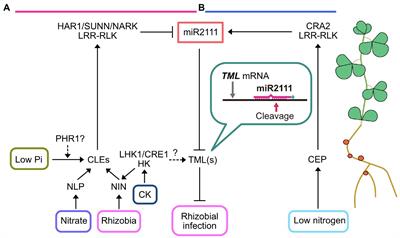EDITORIAL
Published on 08 Sep 2021
Editorial: Nutrient Dependent Signaling Pathways Controlling the Symbiotic Nitrogen Fixation Process
doi 10.3389/fpls.2021.744450
- 1,247 views
6,165
Total downloads
23k
Total views and downloads
You will be redirected to our submission process.
EDITORIAL
Published on 08 Sep 2021
MINI REVIEW
Published on 15 Jul 2021

ORIGINAL RESEARCH
Published on 01 Jul 2021

REVIEW
Published on 22 Jun 2021

ORIGINAL RESEARCH
Published on 18 Jun 2021

CORRECTION
Published on 25 Jan 2021
ORIGINAL RESEARCH
Published on 19 Nov 2020

